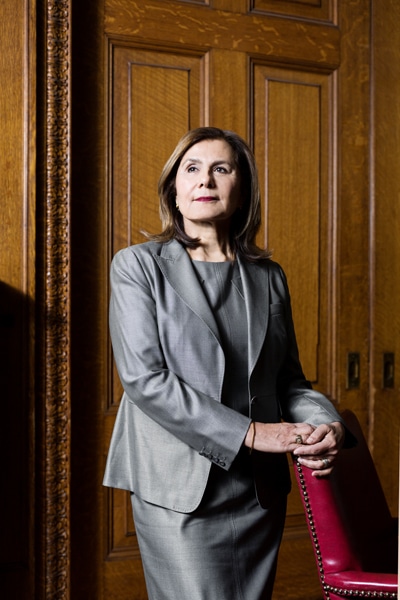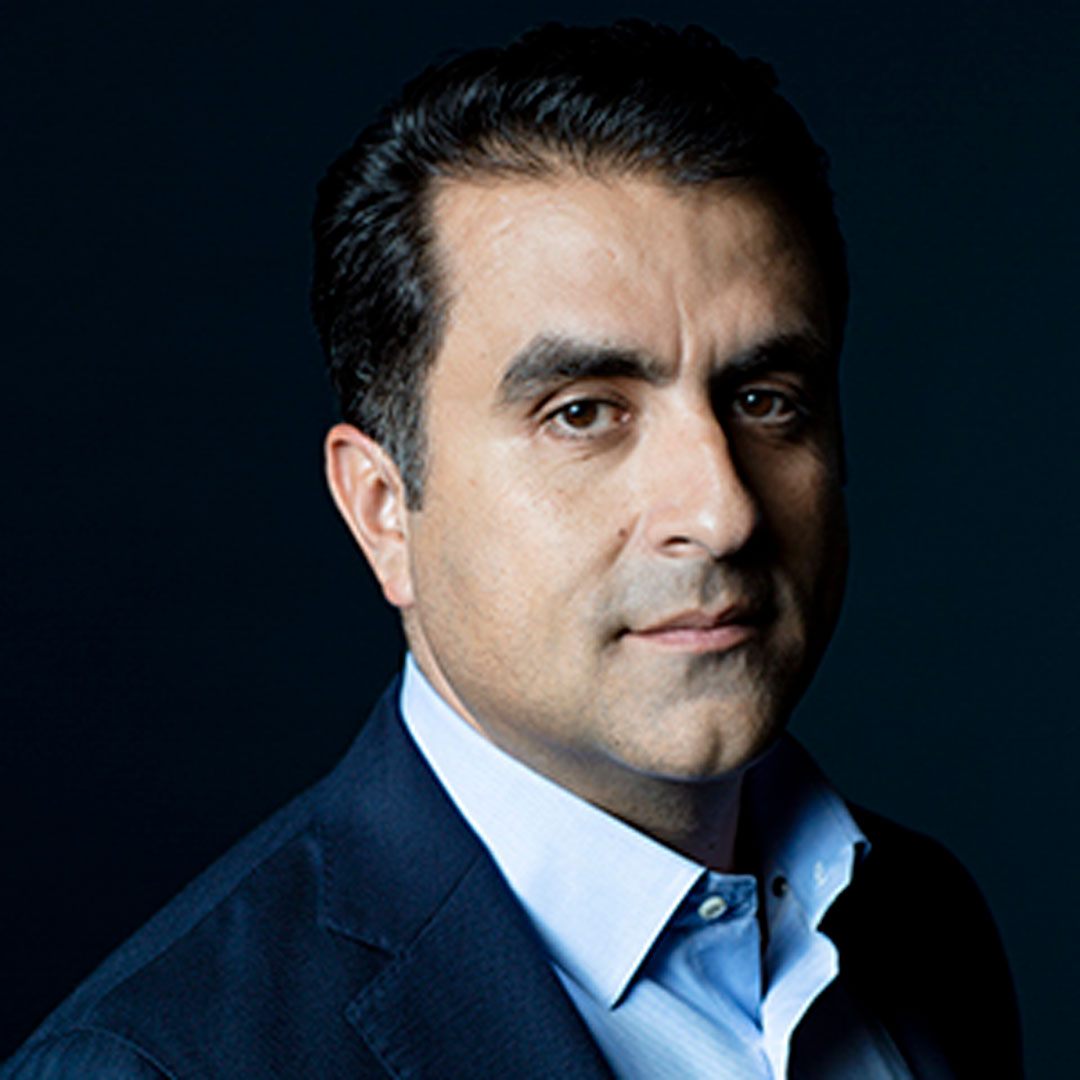|
Getting your Trinity Audio player ready...
|
We are seeing encouraging trends in the boardroom for Hispanic executives. First, in 2016 and 2017, there was a noteworthy uptick in the number of US Latino directors appointed to America’s corporate boardrooms, after ten years of stagnant growth in new Latino board appointments. Second, an increased percentage of the new annual board appointments were first-time Latino directors.
Historically, board candidates consisted almost exclusively of experienced board directors, CEOs, and CFOs. A recent report by Heidrick & Struggles noted a greater willingness by boards to consider first-time directors and senior executives below the CEO level who bring skills and experiences that are needed on today’s boards.
Tech executives, senior executives with P&L responsibilities, and general counsels are emerging as sought-after board candidates.

At the forefront in advancing these trends is the Latino Corporate Directors Association (LCDA), the only membership association consisting of US Latino experienced corporate directors and board-ready executives. As the current board chair of the LCDA, I’m optimistic that we can help move the needle on Latino board representation.
In November 2017, the LCDA’s Latino Corporate Directors Education Foundation (LCDEF) launched its BoardReady Institute (BRI) program in collaboration with Stanford University’s Rock Center for Corporate Governance and through significant investment by the KPMG Board Leadership Center. This comprehensive, two-year program is designed to identify, prepare, and position highly credentialed Latino executives and national leaders for corporate board service.
Since the launch of this program, the LCDA and its partners have helped place three of its sixteen BRI participants on corporate boards and referred countless others for board seat opportunities, which signals a positive trend for other Latino first-time, board-ready candidates.
“In 2018, the LCDA’s third year in operation, we referred candidates to more than forty-five board searches, up from five in 2017, and influenced the placement of fourteen members and associate members on boards.”
We had a banner year in 2018, the LCDA’s third year in operation. We referred candidates to more than forty-five board searches, up from five in 2017, and influenced the placement of fourteen members and associate members on boards. Also, for the first time, we saw greater consideration of Latino and diverse candidates for the boardroom by executive search firms. And, today, the LCDA has more partnerships with executive search firms than ever, including Korn Ferry, Egon Zehnder, Russell Reynolds Associates, Heidrick & Struggles, RSR Partners, Diversified Search, NACD Board Services, and Boardspan.
Another promising development: Heidrick & Struggles announced in November 2018 a pledge that at least half of its cumulative slate of initial board candidates presented to clients will be diverse, including Latinos, Asians, and African Americans. In its announcement, the firm stated “it will proactively identify and interview diverse director candidates, with an emphasis on prospective directors who have not previously served on a corporate board.”
We have also made tremendous inroads with large private-equity firms such as Blackstone, The Carlyle Group, KKR, TPG, Clearlake Capital, and Wind Point Partners. These firms have ownership interests in both private and public companies and influence the board composition of those companies.
In addition to board chair, I am also a founder of the LCDA and LCDEF, and the growth in membership and influence of these organizations since their founding is so promising. This past year, we surpassed $1 million in annual fundraising and we have successfully launched initiatives to:
- Increase the supply of Latino board-qualified candidates
- Drive demand for Latino board talent through key partnerships
- Host the most important gathering of CEOs, search firms, private equity firms, and Latinos at the highest levels of corporate board leadership the LCDA Annual Board Leaders Convening
- Build the LCDA’s infrastructure
While our success is still in its infancy, we expect to see continuing affirmative change.
In the current US business climate, institutional investors and shareholders are pushing for greater diversity on corporate boards as a competitive business advantage and a matter of sound corporate governance. There is also a growing body of research that confirms the correlation of gender and race/ethnic diversity with better corporate performance.
Board Directorships:
The Opportunity for Latino Executives
2.4%
of board seats for
Fortune 1000 companies
are held by Latinos1
79.9%
of Fortune 1000 company boards are void of Latinos1
60%
of all Latinos appointed to corporate boards in 2016 were first-time directors2
36%
of new board appointees in 2017 had no previous board experience (11% more than 2016)3
6%
of new board appointments in 2017 went to Latinos3
Sources:
1. RSR Partners
2. Korn Ferry
3. McKinsey & Co.
For many US companies, Latinos represent the fastest-growing consumer segment. Latinos are also a driving force of the US economy as a whole. Fifty-seven million Latinos make up 18 percent of the US population and according to the US Census, accounted for half of the employment growth between 2011 and 2015. If the 2015 US Latino GDP of $2.13 trillion were a country, it would be larger than India, Italy, Brazil, and Canada. The US Latino community is projected to account for nearly a quarter of the total US GDP growth by 2020.
The importance of the US Latino market has been known for years. Yet there is a continued disparity in the representation of Latinos on corporate boards. A 2018 study by RSR Partners showed that Latinos held 243 of the 9,966 board seats on Fortune 1000 companies: a little more than 2 percent. This is in sharp contrast to the 18 percent of the US population represented by Latinos.
Furthermore, nearly 80 percent of Fortune 1000 companies are void of a single Latino on their boards. While the aggregate number of board seats held by Latinos grew by twenty in 2016 and by fifteen in 2017, there is much room for improvement. US Latinos remain the most underrepresented population segment as compared to our size.
Given the critical importance of the US Latino consumer market to most companies and the availability of qualified and experienced Latino board candidates, this continuing underrepresentation is unacceptable.
There are no more excuses.
Therefore, as opportunities have broadened, Latino executives interested in a board position must prepare and position themselves. Preparation should include the development of the necessary business and board-governance skills and experiences, and positioning includes a supportive corporate board network and professional board profile.

Prior to being appointed to a first board, I always advise interested candidates to get leadership and governance experience by serving on the board of a nonprofit that they feel passionate about and want to support. For many current directors, nonprofit board service served as an entrée to corporate board service.
For 2019, the LCDA will double down on its efforts to drive demand and opportunities for US Latino corporate board placements. We will do this by actively engaging with companies with board seat opportunities and by leveraging our partnerships with institutional investors, pension funds, search firms, and private-equity firms. We will also do this through communications: showcasing the strong supply of experienced Latino directors and Hispanic executives primed for the boardroom.
We clearly have a lot of work ahead of us. Fortunately, with the wind at our backs and the infrastructure we have built, we are prepared to positively impact the corporate governance landscape.

